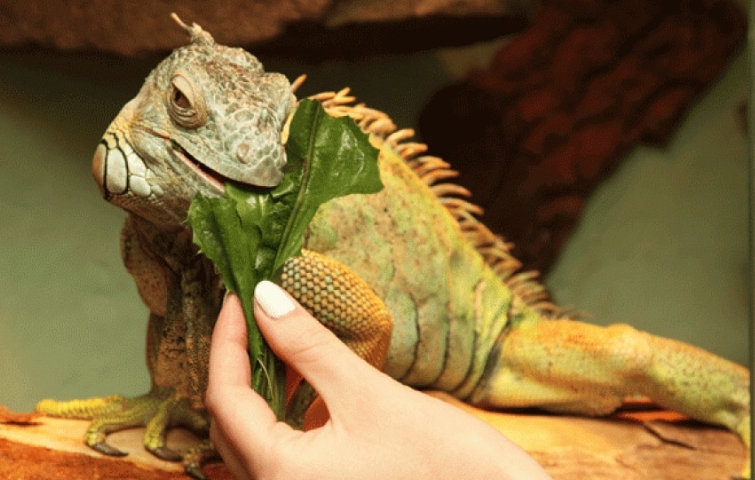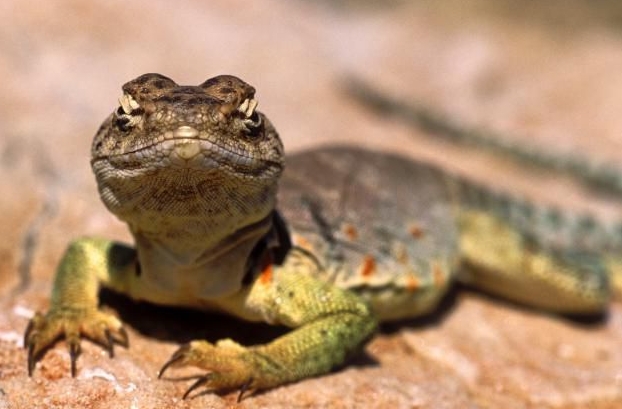Lizards are fascinating creatures that come in a wide range of sizes and colors. While they may seem mysterious, understanding lizard feeding habits can provide valuable insights into their behavior and care.
Variety is Key
From insects and worms to fruits and vegetables, lizards have a varied diet that often depends on their species and size. Some lizards are strict carnivores, while others may enjoy a mix of fruits and vegetables.
Understanding what your lizard’s diet consists of is crucial for their overall health and well-being. Providing a variety of food options will help ensure they receive all the necessary nutrients.
Hunting vs. Foraging
Some lizards are active hunters, while others prefer to forage for food. Understanding your lizard’s natural feeding behavior can help you better mimic their environment in captivity.
For example, if your lizard is a hunter, providing live insects as food may help stimulate their natural instincts. On the other hand, if your lizard is a forager, offering a mix of fruits and vegetables may be more suitable.
Feeding Frequency
The frequency at which you feed your lizard will depend on their species, age, and size. While some lizards may need to be fed daily, others may only require feeding every few days.
It’s important to pay attention to your lizard’s body condition and adjust their feeding schedule accordingly. Overfeeding can lead to obesity and other health issues, while underfeeding can result in malnutrition.
Consistency is Key
Consistency is key when it comes to feeding your lizard. Providing a balanced diet, keeping track of their feeding schedule, and monitoring their overall health will help ensure they thrive in captivity.
By unlocking the secret world of lizard feeding habits, you can better understand and care for these unique creatures. With the right knowledge and care, your lizard will lead a healthy and happy life in captivity.


